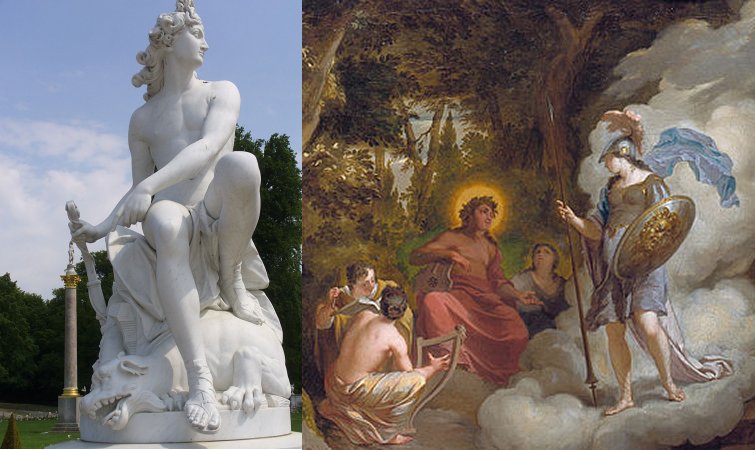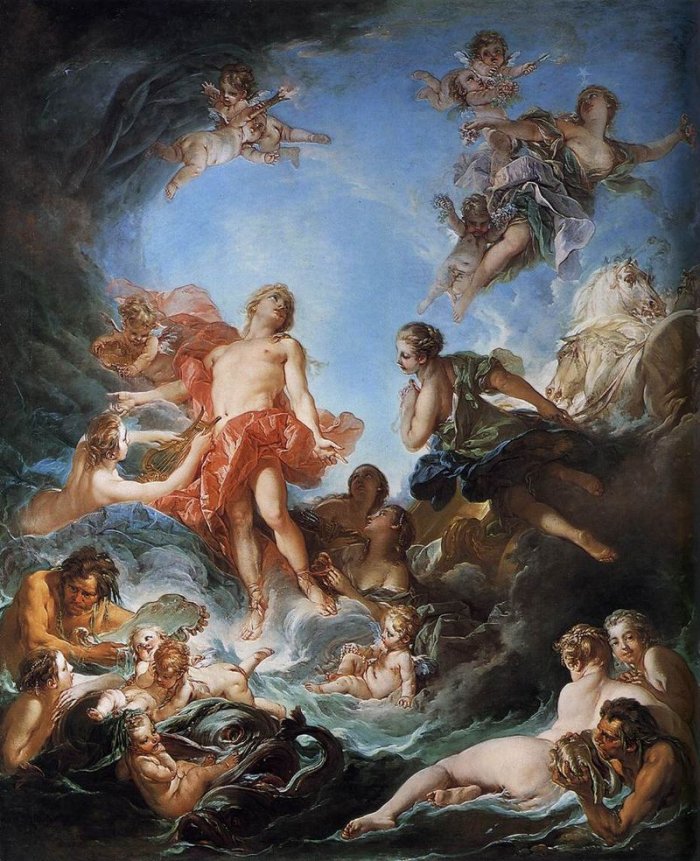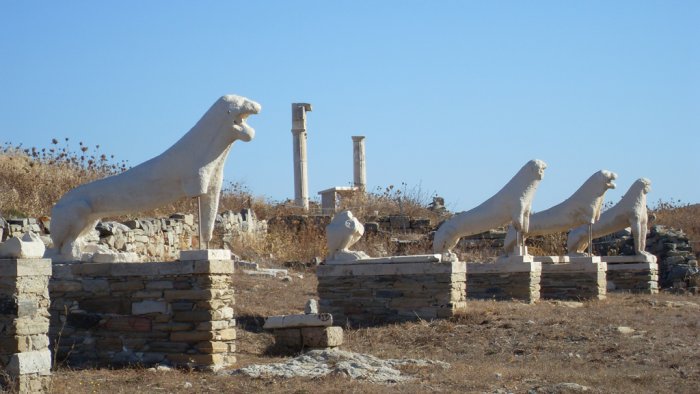Apollo – Loved And Feared Greek God Of Divination And Prophecy Who Was Also Seer Of Zeus
A. Sutherland - AncientPages.com - Apollo was a powerful figure in Greek mythology. He was originally the god of shepherds and later after he was established at Delphi, he acquired power over medicine, healing, disease, archery, music, poetry, and invented the arts.
He was the one who had the ability to ward off all kinds of evils, but if necessary, he could send a plague and then avert it.
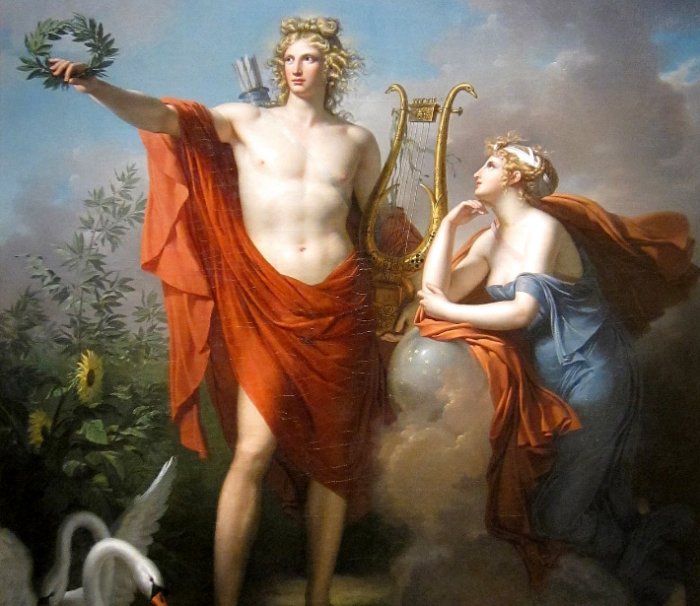 Apollo, God of Light, Eloquence, Poetry and the Fine Arts with Urania, Muse of Astronomy. Image credit: Severance and Greta Millikin Purchase Fund 2003 - source
Apollo, God of Light, Eloquence, Poetry and the Fine Arts with Urania, Muse of Astronomy. Image credit: Severance and Greta Millikin Purchase Fund 2003 - source
As confirmed by Greek myths, numerous legends, and countless iconic representations, Apollo was a beautiful male with golden hair. Not only gods but also humans, both women, and men, fell in love with him.
The Greeks called him Phoebus (the 'Shining-One'), which originally was the god Helios' name, but later both gods became one. In early Greek myths, it was Helios who guarded the chariot of the sun across the sky every day. His sister Selene (often identified with goddess Artemis), guided the moon but at some point, Apollo became identified as Helios Apollo and from then on, it was his duty to ride the chariot on the sky.
Place Of Birth And Family Of Apollo
The widely popular version of Apollo’s parentage was that he was the son of Zeus and a Titaness Leto. He was born (along with his sister, Artemis) on the island of Delos. The birth of Apollo was accompanied by the appearance of swans on the island.
Apollo Had Love Affairs But No Marriage Ever Took Place
Apollo never got involved with anyone permanently but he had countless amorous adventures. With Koronis, the princess of Thessaly, he had a son Asclepios (Asclepius) who became the god of medicine. Daphne, a daughter of the river-god Peneus, rejected Apollo's advances and ran away from him. When he chased her, she changed herself into a laurel tree. According to another version, the mother goddess Gaea (or Gaia) helped her by placing a laurel tree in Daphne’s place. From then on, Apollo admired laurel leaves, which became a sacred symbol of success, triumph, and victory; laurel wreaths were given to the winners.
Left: Apollo victorious over the Python, by François Gaspard Adam. Credit: Steffen Heilfort, Wikipedia, CC BY-SA 3.0 Right: Pallas Athene Visiting Apollo on the Parnassus, by Arnold Houbraken. Credit: Public Domain
Apollo fell in love with Cyrene, a Thessalian princess when he observed her wrestling a lion. This love affair produced two sons: Aristaeus, the demigod who invented beekeeping, and Idmon, an Argonaut seer, who predicted his own death (he was killed by a boar) in the Argonaut expedition but joined anyway. Apollo made Cyrene a nymph and the ancient Greeks honored her too by founding a colony named Cyrene.
Among Apollos’ unhappy relationships is the one related to the fate of Cassandra. The main story of Cassandra says she was pursued and punished by Apollo.
Apollo’s love for her was so strong that he decided to give her the gift of prophecy, which she wanted to possess so much. In return, he was promised to get her sexual favors. Cassandra broke her promises and Apollo caused her that her prophecies would never be believed.
Even when Cassandra stands before the palace in Argos, foretelling her imminent death and that of King Agamemnon, no one believes her. The chorus of elders claims that they cannot or must no believe her. (Aeschylus’ Agamemnon (1072-1330).
Apollo Loved Men Too
Apollo was not only attracted to women but to men (especially younger than him), too. One of them was Hyacinthus, a beautiful, athletic and handsome young Spartan prince.
While practicing throwing the discus, Hyacinthus was struck in the head and died instantly. The accident was arranged by Zephyrus, who also loved Hyacinthus and was jealous of Apollo’s advances. Apollo punished Zephyrus by changing him to the wind so that he could never touch or speak to anyone again. Out of the blood of the killed Hyacinthus, he created the hyacinth flower as a memorial to his death.
Attributes Of Apollo
Immediately after birth, he received from Zeus, a chariot drawn by a swan. Apollo was linked with animals like a wolf, a crow, a swan, a dolphin, and plants like laurel and cypress. His main attributes were the bow and arrow, which he had received from Hephaestus, and the flute given to him by Hermes. Apollo was often described as using a bow and arrows as his main weapons. He could send plague and disease amongst mankind. His arrows were said to never miss a target and it was commonly believed that cases of sudden death were caused by the arrows of Apollo.
Apollo Was Powerful But He Was Not As Mighty As His Father Zeus
Asclepius, the patron of medicine was one of Apollo’s many sons. He was able to restore the dead to life but it was a Python crime against the natural order and according to Zeus, it was similar to stealing a soul from the underworld. Zeus used his powerful lightning bolt to kill Asclepius and in response to it, Apollo used his bow to kill the Cyclops, who fashioned thunderbolts for Zeus to use as weapons. For killing them, he could have been exiled from Mt. Olympus, the home of the gods but thanks to his mother Leto, Apollo was only punished with hard labor.
‘Master Of The Chariot Of The Sun’ Who Killed Python
Apollo also known as the “god of the silver bow” was just four days old, when he decided to find the monstrous dragon Python and kill it. Pythos was sent by Zeus’ wife, Hera, the goddess of marriage, family, and childbirth, to hunt the pregnant Leto to her death across the world.
Apollo as the rising sun, by François Boucher. Credit: Public Domain
To avenge the trouble given to his mother, Apollo killed Python in the sacred cave at Delphi, buried the body and then he founded the Oracle of Delphi and took control of it. However, the monster was a child of Gaia and Zeus had to act carefully. As he did not want to experience her anger, he decided to punish Apollo. He banned him from Olympus and sent him to serve as a slave for nine years. After that, Zeus ordered purification rites on him. Finally, Apollo established the Pythian Games at Delphi that featured musical and athletic competitions. The Games were held every four years as a tribute to Apollo.
Cult Of Apollo Spread Across The Country
Apollo cult was spread across Greece and he had many worshipers and temples. He had more than thirty oracular centers, of which the most important were, Delphi, and later Claros and Didyma. Apollo was famous for his gift of prophecy.
However, his father Zeus was considered to be the source of Apollo’s oracular powers. Therefore, Apollo is often referred to as the Seer of Zeus.
Lions at the Sacred Lake of Delos where Greek scholars of the time believed Apollo had been born. Credit: Public Domain
In 432 BC, the Romans built their first temple to Apollo and it is believed they adopted him from Greek settlers or from the Etruscans, whose deity Veiovis (a Roman god believed to be one of the first gods) was at times identified with Apollo. In Roman mythology, Apollo had the same name but his parents were Jupiter (the equivalent of the Greek Zeus) and Latona (Greek: Leto) and his twin sister was Diana (equated with Artemis).
At Delphi, the first temple dedicated to Apollo, was built in the 7th century BC and the Delphic oracle was connected with Apollo and his arrival was a great celebration.
Written by – A. Sutherland - AncientPages.com Senior Staff Writer
Copyright © AncientPages.com All rights reserved. This material may not be published, broadcast, rewritten or redistributed in whole or part without the express written permission of AncientPages.com
Expand for referencesReferences:
Smith, William. (1870). Dictionary of Greek and Roman Biography and Mythology
Cotterell, Arthur. A Dictionary of World Mythology
Walsh, N. Greek Mythology
More From Ancient Pages
-
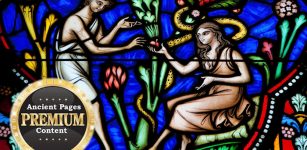 Biblical Mystery Of The Forbidden Fruit And The ‘Deep Sleep’
Biblical Mysteries | Feb 13, 2022
Biblical Mystery Of The Forbidden Fruit And The ‘Deep Sleep’
Biblical Mysteries | Feb 13, 2022 -
 Future Of Thornborough Henges Secured – Stonehenge Of The North Preserved For The Nation
News | Feb 3, 2023
Future Of Thornborough Henges Secured – Stonehenge Of The North Preserved For The Nation
News | Feb 3, 2023 -
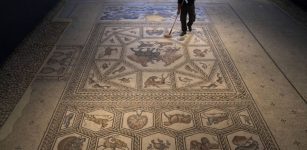 Exceptional 1,700-Year-Old Roman Mosaics Have Returned Home To Israel
Archaeology | Jun 27, 2022
Exceptional 1,700-Year-Old Roman Mosaics Have Returned Home To Israel
Archaeology | Jun 27, 2022 -
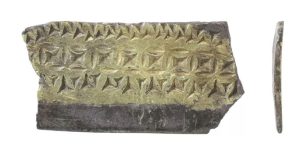 What Is The Roman Silver Fragment Found In Norfolk? Experts Are Baffled
Archaeology | Mar 27, 2023
What Is The Roman Silver Fragment Found In Norfolk? Experts Are Baffled
Archaeology | Mar 27, 2023 -
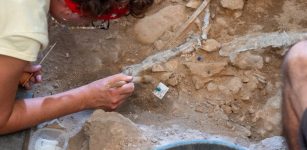 3D Models Used To Study Linya, The Prehistoric Woman Who Lived 14,000 Years Ago In Pyrenean Foothills
Archaeology | Aug 5, 2023
3D Models Used To Study Linya, The Prehistoric Woman Who Lived 14,000 Years Ago In Pyrenean Foothills
Archaeology | Aug 5, 2023 -
 Hidden Records Of A Civilization Frozen In Time – Mysterious Time Capsules
Featured Stories | Aug 31, 2020
Hidden Records Of A Civilization Frozen In Time – Mysterious Time Capsules
Featured Stories | Aug 31, 2020 -
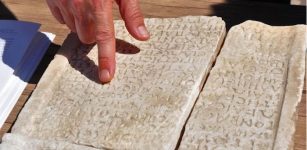 Mysterious 1,800-Year-Old Roman Marble Inscription Found In The Ancient City Of Aigai Deciphered
Archaeology | Oct 5, 2022
Mysterious 1,800-Year-Old Roman Marble Inscription Found In The Ancient City Of Aigai Deciphered
Archaeology | Oct 5, 2022 -
 Strangest Maps Ever Created – You Have Never Seen Our World Like This!
Featured Stories | May 18, 2022
Strangest Maps Ever Created – You Have Never Seen Our World Like This!
Featured Stories | May 18, 2022 -
 Knights Templar’s Mysterious Underground Chambers Hidden In The Caynton Caves Discovered
Archaeology | Apr 13, 2021
Knights Templar’s Mysterious Underground Chambers Hidden In The Caynton Caves Discovered
Archaeology | Apr 13, 2021 -
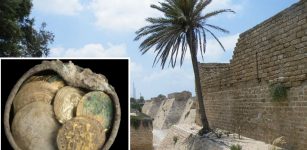 Rare Gold Coins And Treasures Linked To Crusaders’ Conquest Of Caesarea – Discovered
Archaeology | Dec 4, 2018
Rare Gold Coins And Treasures Linked To Crusaders’ Conquest Of Caesarea – Discovered
Archaeology | Dec 4, 2018 -
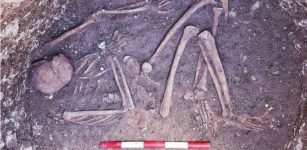 Rare Iron Age Crouch Burial Discovered At The Margate Caves Site In Kent, UK
Archaeology | Mar 8, 2018
Rare Iron Age Crouch Burial Discovered At The Margate Caves Site In Kent, UK
Archaeology | Mar 8, 2018 -
 Why Was The Medieval Town Of Wagrain Suddenly Abandoned 1,300 Years Ago?
Archaeology | Oct 7, 2024
Why Was The Medieval Town Of Wagrain Suddenly Abandoned 1,300 Years Ago?
Archaeology | Oct 7, 2024 -
 On This Day In History: Copernicus’ s Book Banned By Catholic Church – On Mar 5, 1616
News | Mar 5, 2017
On This Day In History: Copernicus’ s Book Banned By Catholic Church – On Mar 5, 1616
News | Mar 5, 2017 -
 Major Discovery Reveals Neanderthals In Italy Engaged In Plant Food Processing
Evolution | Jun 29, 2023
Major Discovery Reveals Neanderthals In Italy Engaged In Plant Food Processing
Evolution | Jun 29, 2023 -
 Ancient Secrets Of Sacred Towers And Stone Circles In Colorado Where Spirits Of Native Americans Still Live
Civilizations | Mar 19, 2017
Ancient Secrets Of Sacred Towers And Stone Circles In Colorado Where Spirits Of Native Americans Still Live
Civilizations | Mar 19, 2017 -
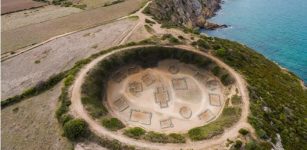 LIDAR Discovers Circular Iron Age Village At Cap d’Erquy, France
Archaeology | Apr 4, 2024
LIDAR Discovers Circular Iron Age Village At Cap d’Erquy, France
Archaeology | Apr 4, 2024 -
 Ancient Maya People Used Volcanic Ash To Build Pyramids When Huge Eruption Occurred
Archaeology | Sep 22, 2021
Ancient Maya People Used Volcanic Ash To Build Pyramids When Huge Eruption Occurred
Archaeology | Sep 22, 2021 -
 Mystery Of The Neanderthals – Search For Traces Of Neanderthals’ Lives And Hints Of Their Demise
Archaeology | Sep 26, 2022
Mystery Of The Neanderthals – Search For Traces Of Neanderthals’ Lives And Hints Of Their Demise
Archaeology | Sep 26, 2022 -
 Genghis Khan – Conqueror Of Nations, Ruler Of People
Featured Stories | Feb 12, 2019
Genghis Khan – Conqueror Of Nations, Ruler Of People
Featured Stories | Feb 12, 2019 -
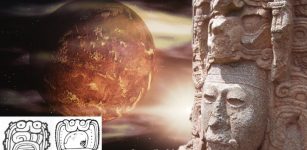 Mysterious Ancient Maya ‘Star War’ Glyph And Its Possible Connection To Venus
Archaeoastronomy | Feb 20, 2019
Mysterious Ancient Maya ‘Star War’ Glyph And Its Possible Connection To Venus
Archaeoastronomy | Feb 20, 2019

